
 6
6




I've been discussing recently the prospects for growing runner beans (one of my favourite vegetables) in Portugal. Most people think this is hopeless, because high temperatures mean runner bean pods won't set. I wonder whether, with stronger sunlight, runner beans might grow well in annual beds in the dappled shade and lower temperatures of a forest garden, thus also providing another nitrogen fixer. Maybe we could breed a variety that might work.
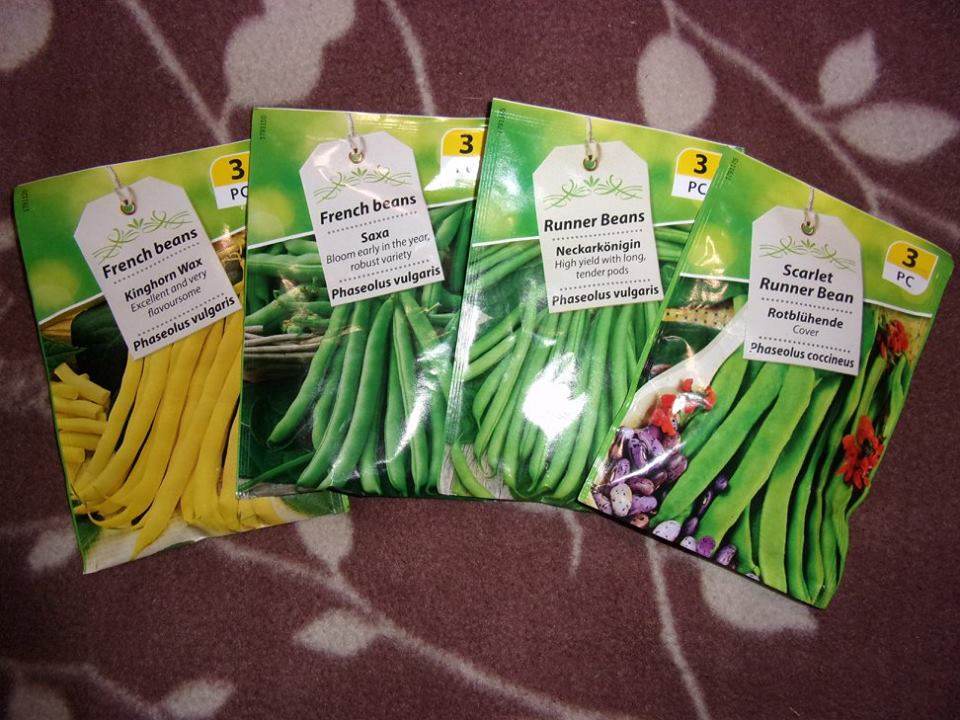
How permies.com works
What is a Mother Tree ?
 2
2




 2
2




Seeking a long-term partner to establish forest garden. Keen to find that person and happy to just make some friends. http://www.permies.com/t/50938/singles/Male-Edinburgh-Scotland-seeks-soulmate
 1
1




How permies.com works
What is a Mother Tree ?
 1
1




Burra Maluca wrote:OK, so just to be absolutely clear, what you are interested in growing is flat podded Phaseolus coccineus, with very little interest in tall versions of French beans, unless they happen to hybridise with a round-podded type.
I'm gonna go read up a bit more on the coccineus species, and maybe bribe Joseph Lofthouse to come and offer any advice he can spare us.
Seeking a long-term partner to establish forest garden. Keen to find that person and happy to just make some friends. http://www.permies.com/t/50938/singles/Male-Edinburgh-Scotland-seeks-soulmate
 1
1




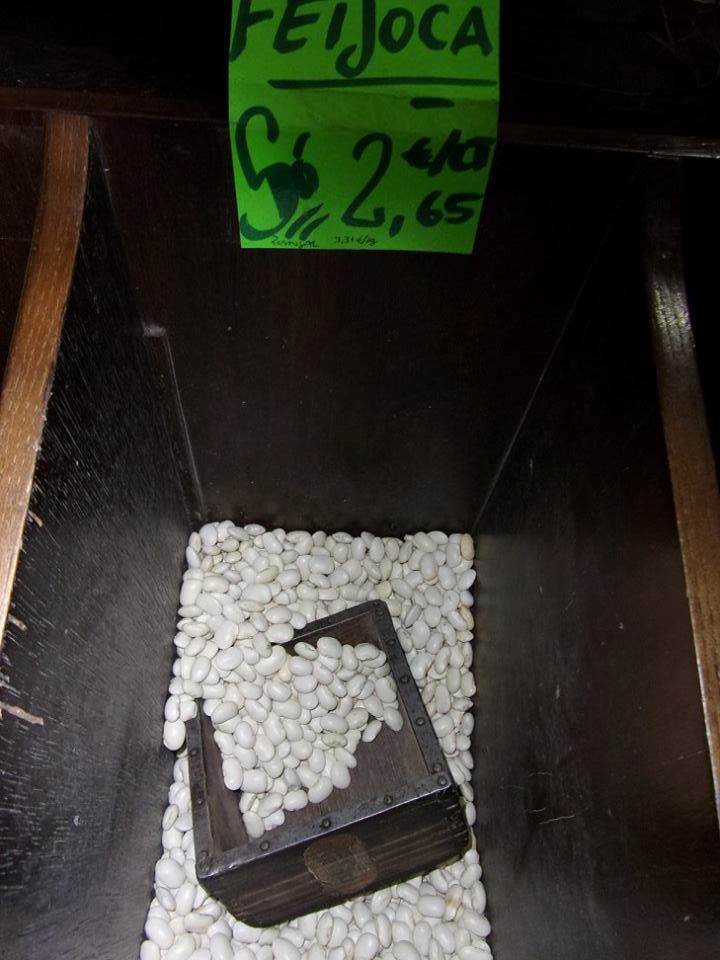
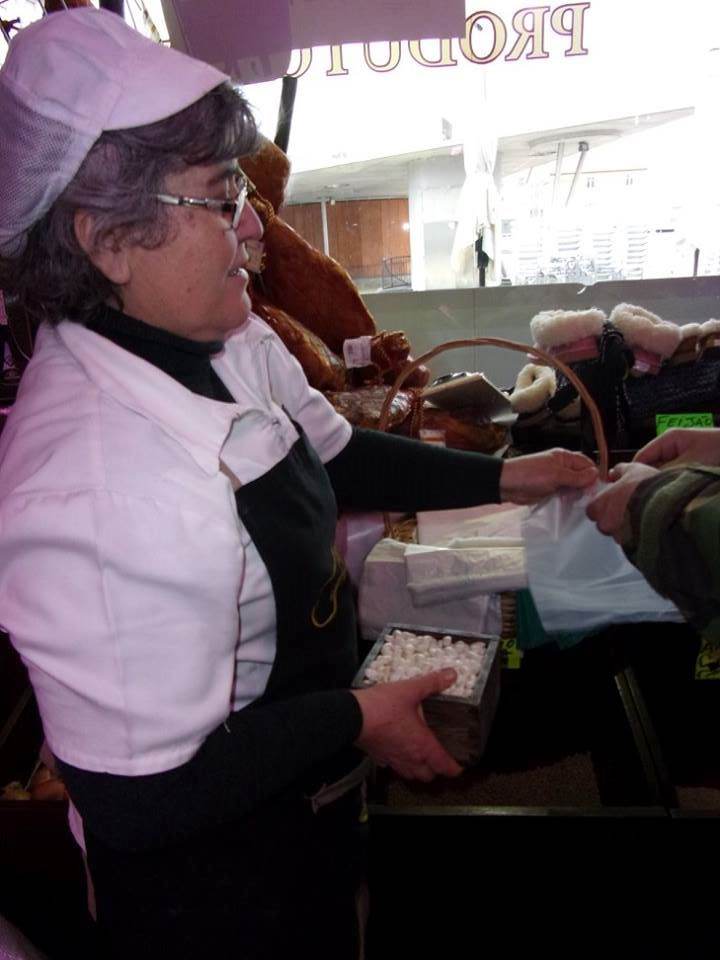
How permies.com works
What is a Mother Tree ?

 3
3





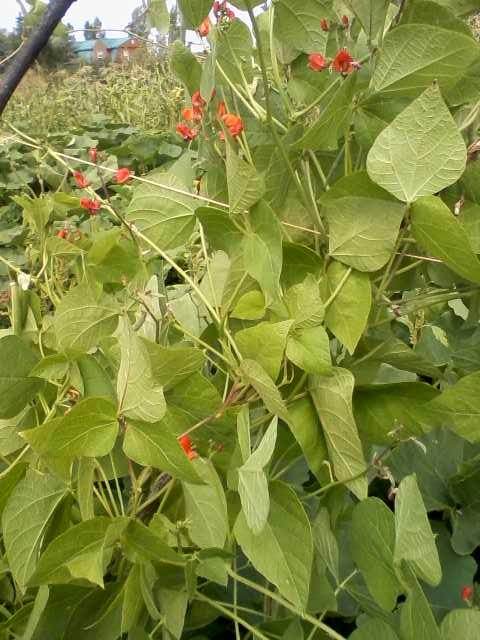


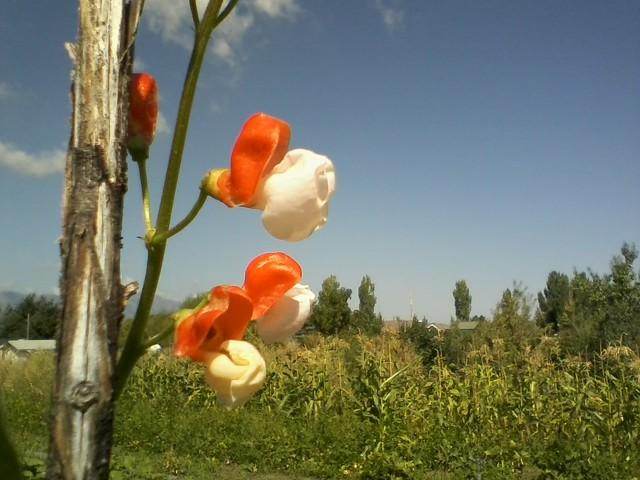
 1
1




Joseph Lofthouse wrote:How large are the feijoca beans? Runner Bean seeds tend to be much larger than common beans.
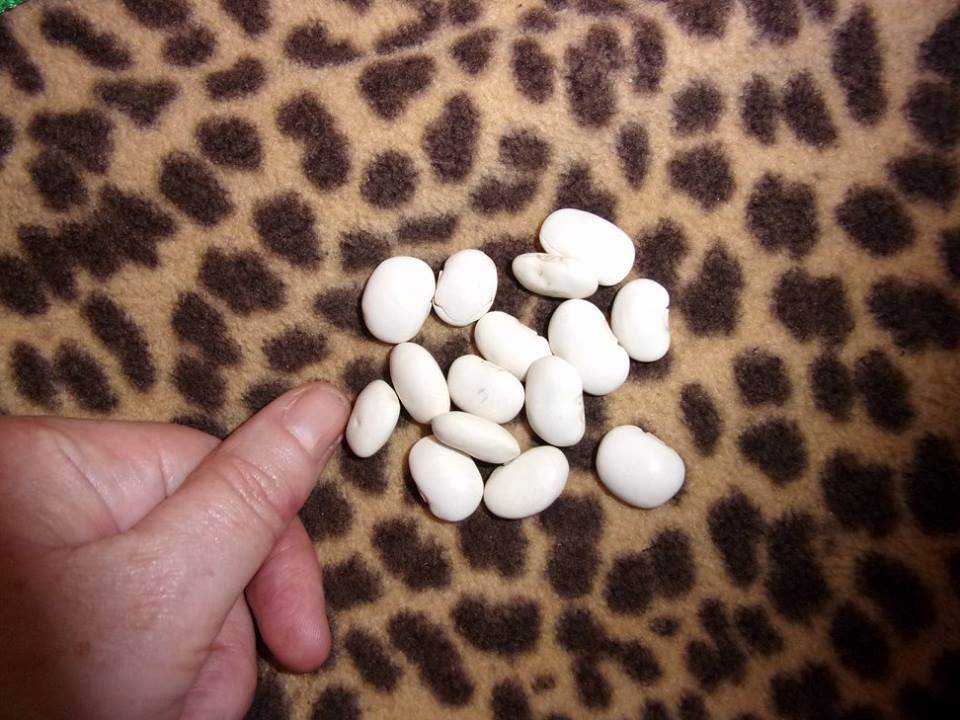
How permies.com works
What is a Mother Tree ?

 1
1








Joseph Lofthouse wrote:Burra: Those feijoca beans look like coccineus to me.
Seeking a long-term partner to establish forest garden. Keen to find that person and happy to just make some friends. http://www.permies.com/t/50938/singles/Male-Edinburgh-Scotland-seeks-soulmate
 1
1




Joseph Lofthouse wrote:Burra: Those feijoca beans look like coccineus to me.

How permies.com works
What is a Mother Tree ?
 3
3




 1
1




hans muster wrote:The white beans also look like P. coccineus to me.
The difference between P. vulgaris and P. coccineus can be seen with the cotyledons: in P. vulgaris they are above ground, in P. coccineus they are below ground. (Yes, I know species are a human construct, and that borders are arbitrary. But it helps sometimes.)
Seeking a long-term partner to establish forest garden. Keen to find that person and happy to just make some friends. http://www.permies.com/t/50938/singles/Male-Edinburgh-Scotland-seeks-soulmate




Neil Layton wrote:This is true, but we don't have images of the cotyledons (I suspect many readers wouldn't recognise one to begin with) - all we have to go on is images of the beans themselves.
How permies.com works
What is a Mother Tree ?

 2
2




Burra Maluca wrote:Well I have some soaking. I'll plant a couple of them in pots and photograph what happens when they start to grow to see if they let their secrets out.
 3
3




It's never too late to start! I retired to homestead on the slopes of Mauna Loa, an active volcano. I relate snippets of my endeavor on my blog : www.kaufarmer.blogspot.com
 1
1




Burra Maluca wrote:A fellow member recently posted this in another thread...
I've been discussing recently the prospects for growing runner beans (one of my favourite vegetables) in Portugal. Most people think this is hopeless, because high temperatures mean runner bean pods won't set. I wonder whether, with stronger sunlight, runner beans might grow well in annual beds in the dappled shade and lower temperatures of a forest garden, thus also providing another nitrogen fixer. Maybe we could breed a variety that might work.
Well that was like a red rag to a bull, so I consulted my other half and we started to pull a few ideas together. He is the one who loves 'green beans', and this is his green bean seed collection ready for planting this year.
My other half suspects that the problem is that the taller stems are more susceptible to catching the sun. A bush plant is, literally, bushier, and shades the stem better. With longer stems they just don't seem to be able to get any growth. With the few stems that did survive, the bean set wasn't bad, it seems that the problem might be with the stems, not the set. But of course, that's just how he remembers it, and he's not sure which of the two possible species it was, and it obviously needs more experimentation.
Shade is a valuable and scarce commodity here in Portugal, and a forest garden might indeed be the way to go for growing runner beans. Or maybe it will turn out that only Phaseolus vulgaris is suitable and more breeding work will be needed for the coccineus species. I smell a project coming on...
 2
2




Working toward a food forest and self sufficiency in Western Oregon.

 4
4




Hans Albert Quistorff, LMT projects on permies Hans Massage Qberry Farm magnet therapy gmail hquistorff
 3
3




Permaculturing in Portugal -
Website | Blog | Facebook | Worldwide Permaculture Network | Pinterest |
Vermicomposting Flush Toilets
 1
1




 2
2




Wendy Howard wrote:Going back to the original question, where in Portugal are these runner beans to be grown?
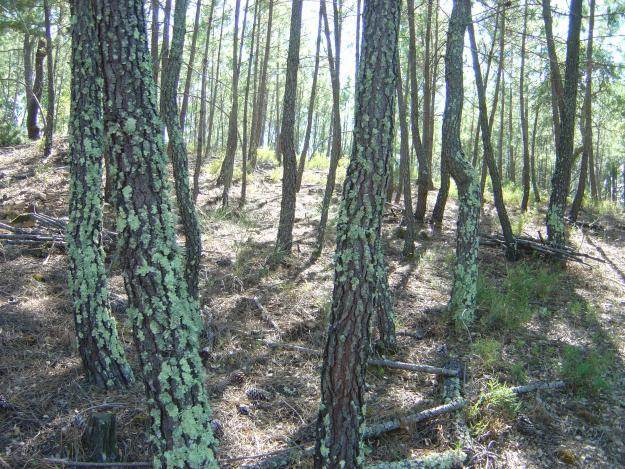
How permies.com works
What is a Mother Tree ?
 2
2




Burra Maluca wrote:I'm about 100km south of you, where the summers are more brutal, the winters milder, and the soil really, really thin! I don't think I've seen anyone growing runner beans around here. But, if they grow where you are, I guess it shouldn't be too difficult to develop a strain that does. I'm still gathering seed from various sources.
Apparently wild coccineus grow in pine/oak woodlands, so I'm going to stick a few feicoja seed in that bit, which is on a north facing slope, and just stand back and watch what happens. I'm not hopeful that any will survive unless I water them, which would be difficult, but it might prove an interesting experiment regardless.
Permaculturing in Portugal -
Website | Blog | Facebook | Worldwide Permaculture Network | Pinterest |
Vermicomposting Flush Toilets
 1
1




 1
1




Xisca - pics! Dry subtropical Mediterranean - My project
However loud I tell it, this is never a truth, only my experience...
 1
1




Burra Maluca wrote:I'm about 100km south of you, where the summers are more brutal, the winters milder, and the soil really, really thin! I don't think I've seen anyone growing runner beans around here.
Permaculturing in Portugal -
Website | Blog | Facebook | Worldwide Permaculture Network | Pinterest |
Vermicomposting Flush Toilets
 1
1




Xisca Nicolas wrote:
I am surprise if vulgaris and coccineus could cross...!?
Seeking a long-term partner to establish forest garden. Keen to find that person and happy to just make some friends. http://www.permies.com/t/50938/singles/Male-Edinburgh-Scotland-seeks-soulmate
 3
3




 1
1




Working toward a food forest and self sufficiency in Western Oregon.
 1
1




Joseph Lofthouse wrote:
My favorite runner bean flower last summer: Bi-colored.

How permies.com works
What is a Mother Tree ?

|
You know it is dark times when the trees riot. I think this tiny ad is their leader:
The new gardening playing cards kickstarter is now live!
https://www.kickstarter.com/projects/paulwheaton/garden-cards
|








